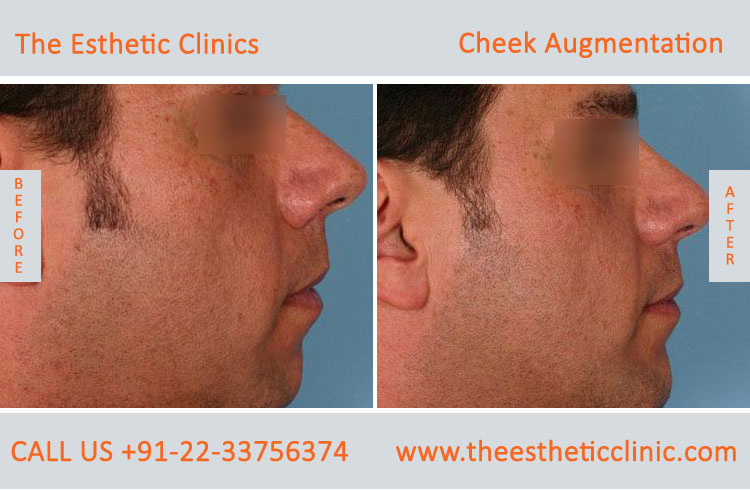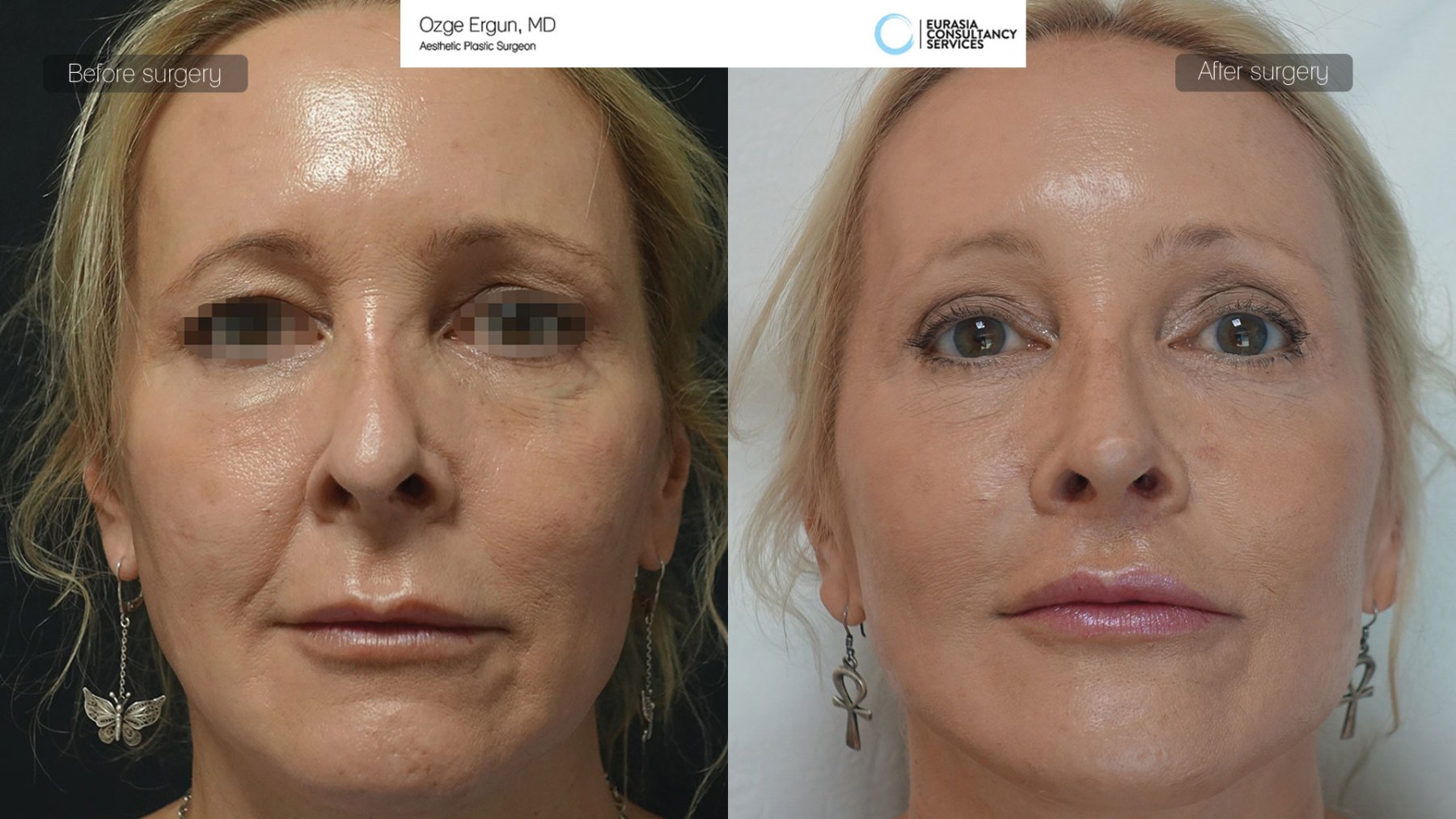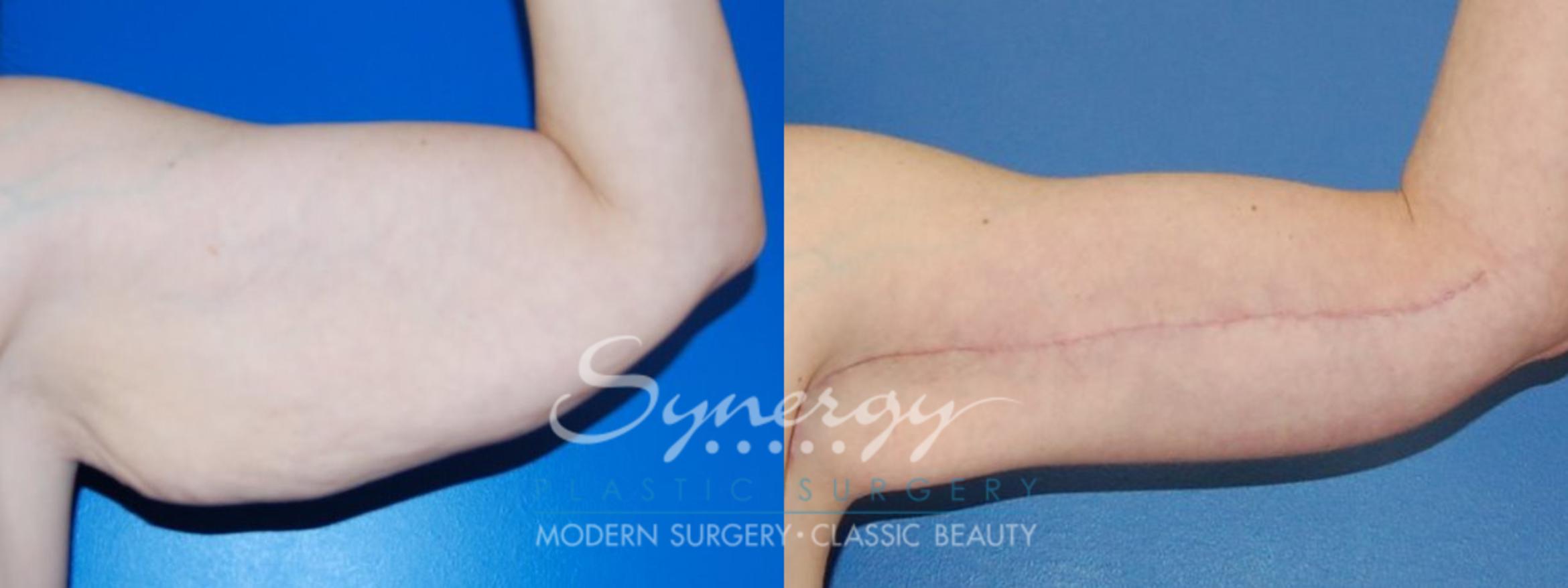
After a breast lift, you will have to take care of your new-found assets. Avoid heavy lifting, excessive exfoliation and sun exposure. Even though there are a few things that can help reduce scarring, you must be careful about what you do. It is important to be consistent with your routine. You should also seek professional guidance before changing anything. These tips will help you have a smaller, more noticeable scar. Below are some top tips that will help you take care of your new cleavage.
Avoid heavy lifting
Women are eager to get back to their normal activities after a breastlift. Avoid repetitive jumping and running distances to avoid scarring. You should also avoid lateral moves that exert a lot force on your lower breasts. If you want to continue to do these activities, you will need to avoid smoking. To minimize the chances of a recurrence of a breast lift scar, avoid smoking and alcohol consumption for one month before surgery.

Avoid heavy scrubbing
After a breastlift, you will want to avoid excessive scrubbing. This could make your scare look worse. Your scar may also feel stressed if you are out in the sun. You can also make your scar worse by smoking. Don't forget to stay out of the sun for six weeks following your procedure. This can lead to complications after the procedure.
Avoid overexfoliation
There are several ways to minimize the appearance and scarring from breast lifts. You can reduce the visibility of scars, although they will never disappear completely. Some scarring will disappear, while others will not. Use bleaching creams and other products to minimize the appearance scarring. Laser therapy is another option. If scarring is a concern, your surgeon will recommend the best medications or treatment options.
Avoiding keloid scarring
The best way to avoid keloid scarring after breast lift surgery is to avoid any form of tension on the incision site. The use of corticosteroid injectables following surgery can soften scarring and help to minimize the development of keloid scars. To keep scars as soft and smooth as possible, it may be necessary for follow-up treatment. You can also use a hydroquinone lotion to stop scarring becoming darkened. For one year, if scarring persists, you can massage the scar with firm pressure in circular motions.

Healing time
Six to eight weeks after surgery, a patient's scars will be the most obvious. The scar will be at it's strongest, and the body will pump blood to the affected area to speed up healing. The incision site can also turn red during this time as the body works to regrow tissue and heal it. A silicone scar sheet should then be applied daily, multiple times per day, and kept on as long as the product recommends.